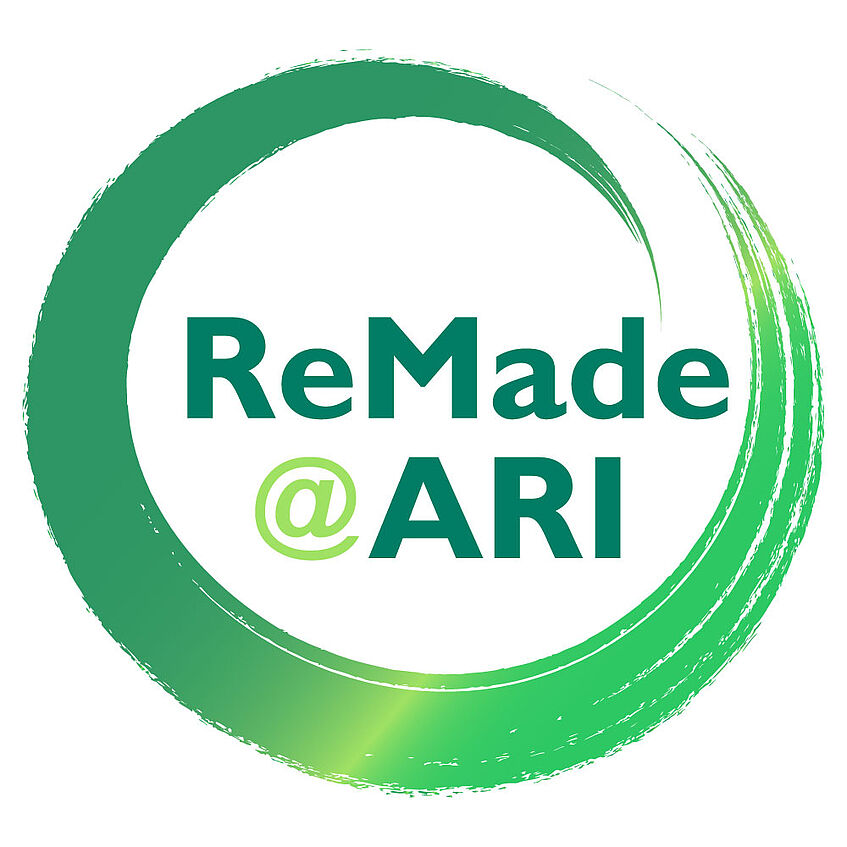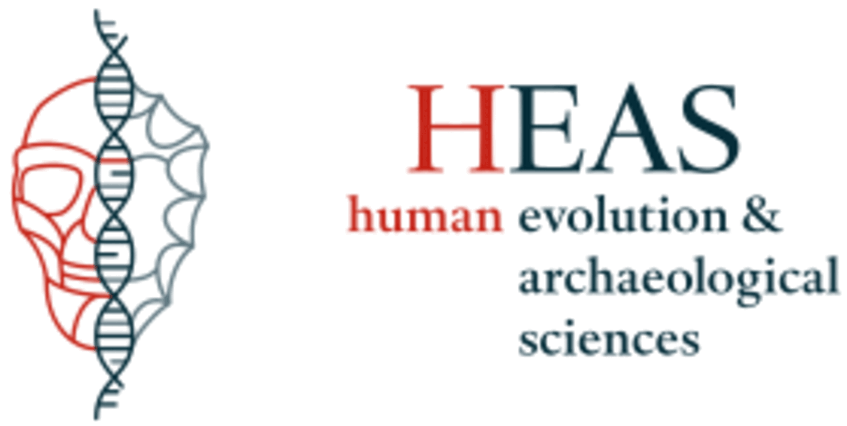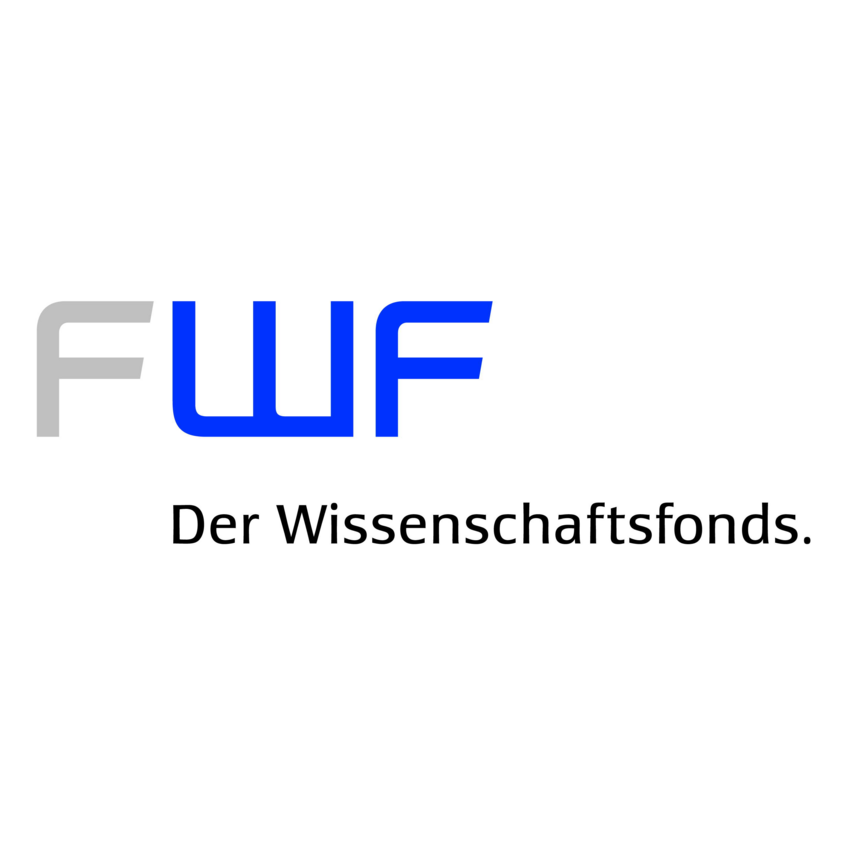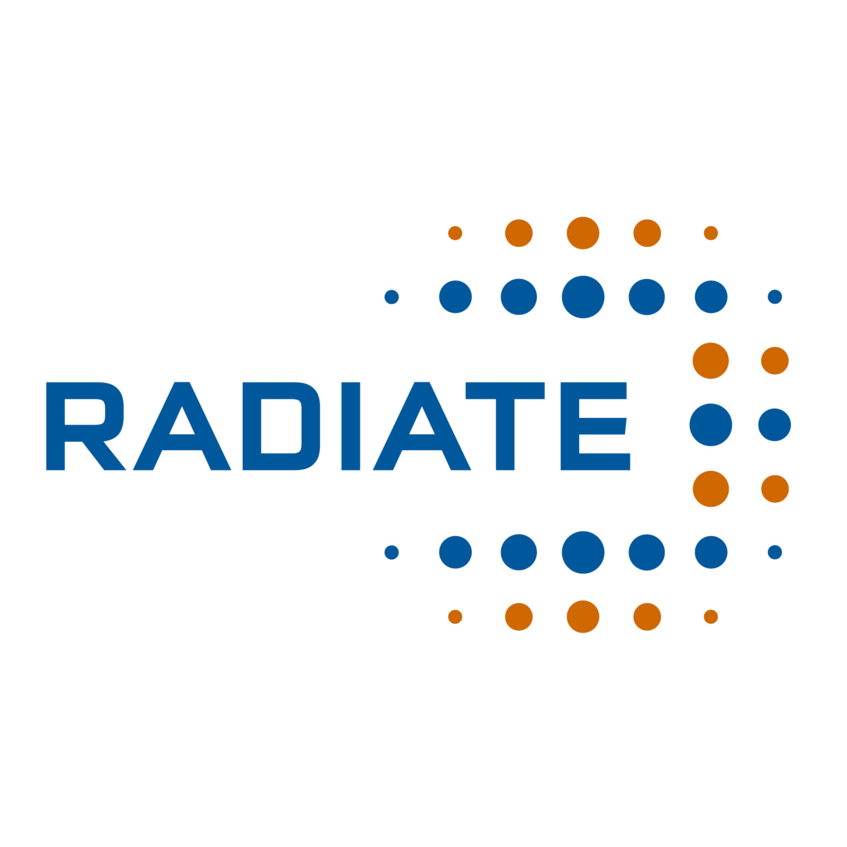ReMade@ARI : RECYCLABLE MATERIALS DEVELOPMENT at ANALYTICAL RESEARCH INFRASTRUCTURES
- PI at the University of Vienna: Prof. Robin Golser
Project period:
- September 2022 – August 2026
Budget:
- 13.8 million EUR
According to the European Union's Circular Economy Action Plan, the industry can determine up to 80 percent of a product's subsequent environmental impact at the design phase. However, the linear manufacturing pattern offers few incentives to make products more sustainable. The research infrastructure project ReMade@ARI, which deals with innovative materials for key components in various areas such as electronics, packaging or textiles, wants to change this: The goal is to develop new materials with high recyclability and at the same time competitive functionalities. To this end, the institutions involved want to harness the potential of more than 50 analytical research infrastructures throughout Europe under the coordination of the Helmholtz-Zentrum Dresden-Rossendorf (HZDR).
ReMade@ARI will have a significant impact on the advancement of the circular economy. Overall, 40 partners of the ARIE network are involved in the project. The project is being funded by the EU under the Horizon programme. The project coordinator is HZDR.
Related links:
HZDR (project coordinator) press release
Faculty of Physics, University of Vienna press release (German)

HEAS: Human Evolution and Archeological Sciences
Research Network funded through the University of Vienna
- PI at the University of Vienna, Isotope Physics: Prof. Robin Golser
- Contact for AMS analysis at VERA: Ass.-Prof. Peter Steier
Project period:
- October 2021 –
This research network at the University of Vienna. “Human Evolution and Archaeological Sciences (HEAS)” is thematically coherent, of considerable size, and combines excellence and outstanding expertise across various scientific disciplines.
Human evolution over the last two million years was not defined by genes alone. We have extended our phenotype extensively and occupied a “dedicated cognitive niche”. Biocultural evolution or gene-culture coevolution are the keywords emphasizing the need to study biological and cultural evolution together.
Thus, our core theme is to study and broaden our knowledge on human evolution, past cultures and societies through close interdisciplinary collaboration and the integration of natural scientific methods with archaeological and historical research.
Related links:
AROMA (Water Age tRacing in Open streaM wAter conditions)
- PI University of Vienna: Dipl.-Chem. Dr. Silke Merchel
- PI University of Rennes: Prof. Christoff Andermann
Project period:
- January 2024 - December 2025
The scientific novelty of this project is the application in open stream water systems to determine seasonal shifts in the 129I concentrations in stream water to infer the relative contributions of different storage compartments such as deep groundwater water, shallow soil water, melt and direct rain input. This has particular pressing consequences for understanding the role of melt vs. groundwater reservoirs to store water in the “World Water Towers” and to predict perennial river fluxes in melting mountain environments.
Completed Projects
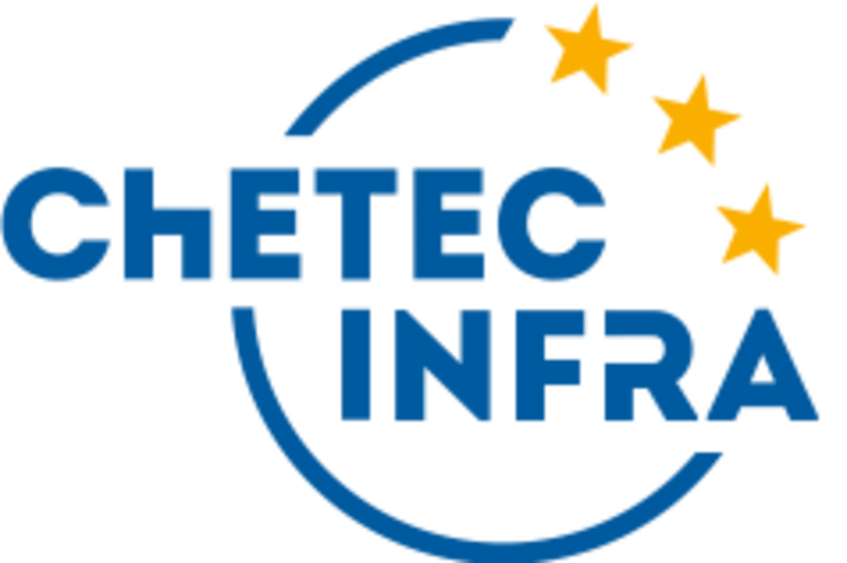
Contact at the University of Vienna:
⇒ Apply for transnational access (TNA) at VERA funded by ChETEC-INFRA (Info PDF)
ChETEC-INFRA: Chemical Elements as Tracers of the Evolution of the Cosmos - Infrastructures for Nuclear Astrophysics
EU project with international partners
- PI at the University of Vienna: Prof. Robin Golser
- TNA contact for AMS analysis at VERA: Ass.-Prof. Peter Steier
Project period:
- May 2021 – 2025 (extended to October 2025)
Nuclear astrophysics studies the origin of the chemical elements: from the Big Bang, to stellar burning, and to neutron star mergers. ChETEC-INFRA networks the three types of infrastructures that, together, provide the capabilities needed for this quest: astronuclear laboratories supply reaction data, supercomputer facilities perform stellar structure and nucleosynthesis computations, and telescopes and mass spectrometers, e.g. VERA, collect elemental and isotopic abundance data. You can apply for AMS analysis at VERA via transnational access (TNA). Find information on how to apply in the provided pdf-file below.
Related links:
File size: 366 kB

Establishing a spike material for the analysis of 237Np
FWF international joint project
PI University of Vienna: Ass.-Prof. Karin Hain
PI University of Tsukuba (Japan): Ao. Prof. Aya Sakaguchi
Project period:
- August 2020 - August 2024 (extended to January 2025)
Abstract:
The aim of the project is the production, preparation and characterization of an isotopic spike material for the normalization of neptunium-237 (another long-lived neptunium isotope with high purity with respect to neptunium-237) which will allow us to quantitatively determine neptunium-237 in the environment. Due to analytical difficulties, the distribution of this nuclide is not yet sufficiently known. However, a few measurements using large sample volumes suggest a relevant release from the European reprocessing plants.
Study of the global distribution of the long-lived radionuclide Tc-99 with innovative detection techniques
Project partners:
Project period:
- October 2018 - October 2021 (extended to April 2023)
Abstract:
Considerable amounts of the long-lived fission product 99Tc (T1/2 = 2.1·105 a) have been released into the environment by reprocessing plants and nuclear weapon tests. In addition, 99Tc is constantly produced by the decay of the short-lived 99mTc (T1/2 = 6.0 h), the most widely used medical tracer in cancer diagnostics. In this project the distribution of global fallout 99Tc in different physio-chemical environments is studied for the first time to derive the migration pathways of this radionuclide and to establish a general baseline for the 99Tc concentration in the environment due to weapons testings. The project addresses the following questions:
- What is the present environmental level of 99Tc due to global fallout?
- Does the chemical behaviour of 99Tc depend on the physio-chemical form in which it was emitted into the environment?
- How does the chemical behaviour of 99Tc depend on the surrounding chemical conditions (e.g. pH, redox potential)?
- Can the reproducibility of the measurement results be improved by using a 97Tc (T1/2=2.6·106 a) spike?
- Can we achieve a sufficient isobar suppression using laser photodetachment to enable the detection of environmental levels of 99Tc by mid/low-energy AMS like VERA?
Research And Development with Ion Beams – Advancing Technology in Europe
- Partners: 18
- Time horizon: 1/2019 – 06/2023
- Budget: 9.9 million EUR
- Transnational accessible beamtime: ~ 15.800 h
- Cooperating facilities: 11
- www.ionbeamcenters.eu
14 public research facilities as well as 4 SMEs cooperate through the RADIATE project for mutual exchange of experience and best practice examples for structuring the European research landscape for ion beam technology and its applications.
In addition to the advancement of ion beam technologies and the strengthening of the cooperation between the individual ion beam facilities, RADIATE aims to provide participants from research and industry with an easy, flexible, efficient and above all free access to the existing ion beam infrastructure. The total transnationally available beam time is 15 800 h (thereof 1750 h at VERA).
VIDEO: As part of the RADIATE project, we worked with Science Animated to produce an animated video that explains how accelerator mass spectrometry (AMS) works. It shows fascinating applications and what we can learn about the Earth using AMS. Watch it on YouTube and ionbeamcenters.eu !


